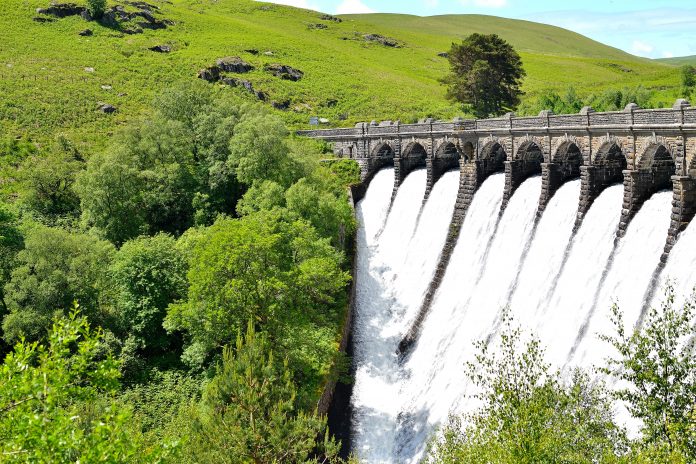Climate change is a pressing issue: visible effects such as 2018’s summer heatwave are hard evidence of this, leading us to environmental game-changers such as Hydropower
A Met Office report concluded that extreme weather during June, July and August was made 30 times more likely by human-caused environmental damage. It also revealed that because of high levels of fossil fuel burning, its probability was one in eight.
In addition, the BP Statistical Review of World Energy highlighted that global carbon dioxide emissions reached an all-time high in 2017. Worryingly, this could very well have increased since.
We all, therefore, need to combat this problem – and Hydropower could hold the answer. Here, we explore the industry to pinpoint why.
Technology and Processes
Hydropower can work on different levels, for various group sizes. Often, it’s produced by large-scale plants. These are typically based in impound facilities, which typically use a dam for water storage.
As you may already know, turbines transform the kinetic energy of the water into mechanical energy. Its name describes its function: hydropower is generated by flowing water – and its speed usually determines its production rates.
Increasingly, it’s becoming popular on a small scale. Several communities have installed micro-hydro schemes across the globe. Britons that want to do so are advised to find help from the MCS (Microgeneration Certification Scheme).
Whether on a small or large scale, this form of energy production is growing in popularity – and this looks set to continue.
Guaranteed Efficiency
A key reason for its rise in appeal is its efficiency. That is why many enterprises have switched to hydropower as their main energy source.
Better still, it can provide extra support to the power grid. It also delivers a more secure and economical renewable source. This is largely because operators work to guarantee its consistent water reserve. Unlike wind and solar energy, it’s reliable in most weathers.
And so, it can assist in responding to changes in demand. In the event of a blackout, for example, it may be able to recover a system straight away.
That’s why firms across industries are using specialists like Weir for dependable, cost-effective hydropower solutions.
Environmental Benefits
It may sound obvious, but hydropower can reap huge rewards for the planet. Throughout Europe, countries are experiencing these benefits.
In 2017, the European Union produced 17.5% of its power from renewable sources. And it’s on track to achieve its target for 2020, recent statistics demonstrate. In Britain, renewables supply around 33% of the nation’s electricity – this is an impressive figure.
Its year-round functionality makes hydropower a useful supplicant for wind farms and solar facilities. It could even help the UK to gain leadership in sustainable power consumption within Europe.
Last year, experts warned that we have approximately 12 years to rectify the damage being caused by global warming. Could hydropower provide an effective way to overcome this? It may very well become clear within the near future.
Everyone has a duty to confront climate change. From recycling to waste management, citizens across the UK have started to do this. Renewable energy, however, could reduce our carbon footprint massively.
And hydropower might deliver a faster route to higher rates of power sustainability in Britain.











